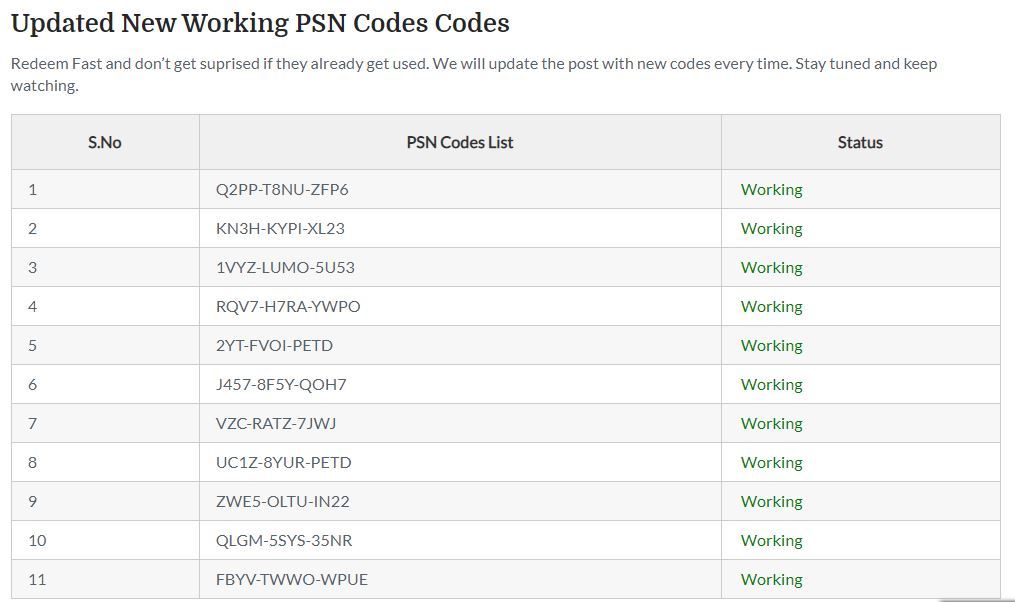


Microsoft disables scripting by default to prevent malicious scripts from executing in the PowerShell environment. The output will look something like this ( CommandType Name DefinitionĬmdlet Add-Content Add-Content ] Get-Command is an easy-to-use reference cmdlet that brings up all the commands available for use in your current session. These basic PowerShell commands are helpful for getting information in various formats, configuring security, and basic reporting. The commands listed below are a good starting point for any developer, but to fully realize the benefits, you should master parameters and other methods as well. The WhatIf parameter is particularly useful for testing PowerShell scripts without actually running them ( There are typically several parameters and methods available for each command. In addition to cmdlets, there are dozens of parameters and methods that help you get the most out of your scripts.

We’ve put together this list to serve as a handy reference guide for those who are just beginning to tap into the power of PowerShell as well as those who want to level-up their PowerShell experience, including: From commands that improve the overall Windows experience to commands useful for development work, there are dozens of important commands developers should know. PowerShell commands are known as cmdlets, and these cmdlets are the driving force behind its functional capabilities.

HIPPS Code Master List (see file below) - an Excel spreadsheet that provides a complete list of all valid HIPPS codes, with their effective dates, payment settings and code definitions.Definition and Uses of HIPPS Codes (see file below).The Centers for Medicare and Medicaid Services (CMS) are named in the ASC X12 837 Institutional Claim Implementation Guide as the code source for HIPPS codes. This web page contains information related to the use and maintenance of the Health Insurance Prospective Payment System (HIPPS) codeset.


 0 kommentar(er)
0 kommentar(er)
